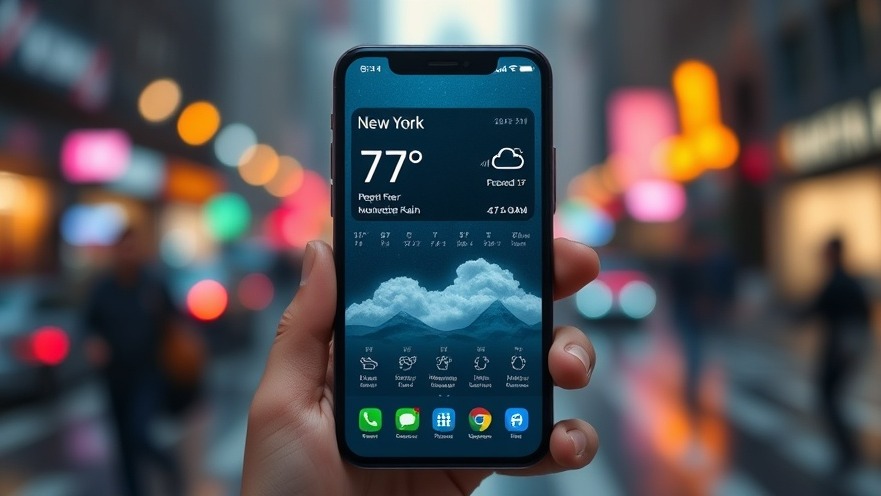
Discover the Best Free Weather App for Windows
Are you a digital nomad constantly on the move, reliant on accurate weather information to optimize your daily plans? If so, you might be tired of clunky weather applications that bombard you with unwanted news and ads. Enter Lively Weather, a stunning, free, and open-source weather app designed for Windows users.
The Beauty of Simplicity
Lively Weather shines through its simplicity. Unlike its competitors, it provides a clutter-free interface, stripping away the distracting headlines and ads that often accompany other weather apps. Its home screen showcases a beautiful animated backdrop correlated with the current weather conditions—imagine relaxing visuals of sunlight when it’s a bright, sunny day or captivating snow animations during winter storms. This dynamic aesthetic captures the essence of the weather without overwhelming you.
Comprehensive Weather Information at Your Fingertips
What truly makes Lively Weather appealing for productivity-focused individuals is its comprehensive features. Users can access a broad range of weather metrics, including:
Current temperature and summary conditions
Seven-day weather forecast
UV index, sunset/sunrise times
Humidity, wind speed, pressure, visibility, and precipitation chances
This extensive data enables you to make informed decisions about your wardrobe choices and transportation methods, ensuring you’re well-prepared for the day ahead.
Customization Options to Suit Your Needs
In a world where customization is key, Lively Weather empowers users to tailor their experience according to personal preferences. You can select measurement units—imperial or metric—and choose your weather data provider, with options like Open-Meteo and Qweather catering to different needs. Students and professionals can also appreciate the app's ability to dial up or down the visual quality, which is particularly important for those lacking a dedicated GPU.
Diegetic Soundscapes and Atmospheric Dynamics
Enhancing its aesthetic, Lively Weather incorporates ambient sounds that reflect current weather conditions. Imagine hearing soft rain pattering against your window in response to a drizzle, making your workspace feel even cozier. While the app doesn’t include radar features—a common request among some users—its focus remains on design and clear information delivery, appealing to your production-focused mindset.
The Genius of Open Source
As an open-source application, Lively Weather provides a distinct advantage: community-driven improvements and transparency. Users who are curious about the app's underpinnings can explore the source code, potentially leading to innovative updates and features from the user community. The open-source model also means that issues can be addressed promptly, ensuring the app remains reliable and well-maintained.
Your Next Steps: Try Lively Weather Today!
Downloading the Lively Weather app is a breeze. Simply visit its official website or GitHub repository to get started. As a digital nomad, staying productive means finding the right tools. With Lively Weather, you can effortlessly stay on top of your weather needs without the noise.
Don’t let weather surprises derail your plans. Utilize Lively Weather to enhance your daily routines and navigate life’s outdoor demands efficiently.
Ready to add this fantastic tool to your productivity arsenal? Download Lively Weather and experience the difference it can make in your daily planning!
 Add Row
Add Row  Add
Add 




Write A Comment